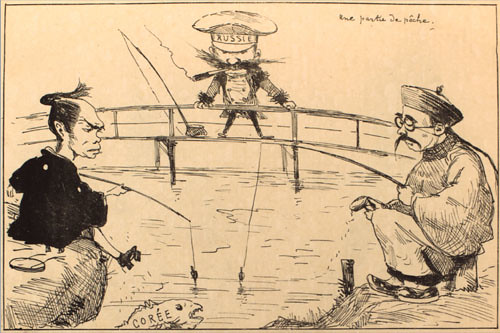 |
| The Choshu Five |
For us, it is really easy to study abroad in our time, compared with the last days of the Edo era. When Japan was closed country, five young Japanese men were dispatched from the Choshu domain to search for the ideal methods of the future of Japan. They would be called “The Choshu Five” later, respecting their courage. Their tremendous will was very strong and amazing. It is often said that their attitudes are just like “live instruments”. I suppose that the simile means to sacrifice even their private feelings. I assure that it can not be explained as simple heroism. I was very interested about people who sought abroad for the way to lead their nation and formed the present Japanese social system. In this article, I will refer to their characteristics and the environment which made their strong will before the voyage first, and then the social background of the last days of the Tokugawa shogunate, and lastly their contribution to Japan in their lifetimes.
At the time the principle of advocating reverence for the Emperor and the expulsion of foreigners was spreading [Editor's note: despite the nominal power of the Emperor, Japan had been ruled since 1600 by the Shogun, and had been closed to most foreign trade and influence]. In those days, the Choshu domain fired at the foreign ships hard and was definitely the base of that movement. Surprisingly, such a domain sent five young people off abroad, breaking a system of national isolation to get the information of the Great Powers of the world. Actually, scholars who had progressive ideas about Japanese foreign relations existed in the Choshu domain. I assure you that the domain was a base of flowering of culture as well as anti-foreign movement.
I should refer to Shoin Yoshida, who was the prime mover of flowering of culture and influenced the Choshu five. Before opening the country, when a fleet which was headed by Commodore Perry came to Japan to get the answer of a treaty of peace and amity, Yoshida hid in an American ship and entreated them to let him to make a voyage to America. Although his action met with failure, the necessity of getting the knowledge of foreign countries was raised.
After his death, many followers who succeeded to his idea stirred up the heads of the Choshu domain, and focused on bringing up able people. I am sure that this factor was one of great motive powers behind fulfilling the Meiji Restoration. The Choshu domain planned the secret passage of the Choshu Five, supported by cooperation of the British consul in Japan.
In the background, the five young men were selected to study abroad to London.
The members of the contingent were as follows.
- Itō Shunsuke (later Prime Minister as Itō Hirobumi),
- Inoue Monta (later Foreign Minister as Inoue Kaoru),
- Yamao Yōzō (later Engineer, Pioneer of education for persons who are deaf and speech-impaired),
- Endō Kinsuke (later Engineer of Coinage)
- Nomura Yakichi (later made the first railway in Japan )
The Choshu Five were overwhelmed when they arrived in London and saw many huge steamships, trains or big factories. As soon as they arrived, their exclusionism was blown away in an instant. Deploring reckless exclusionism, Ito and Inoue would make every effort to open a country to foreign trade and diplomatic relations later. The others also would be leading figures in the foundation new Japan.
Studying a little, I found that many people’s strong desires had supported the Choshu five. I think that it needed huge bravery to change a nation. I was very moved by their enthusiasm and thought that I also wanted to get strength in my mind like them. I realized that it is important to have a wide vision and be confident in my own will.


